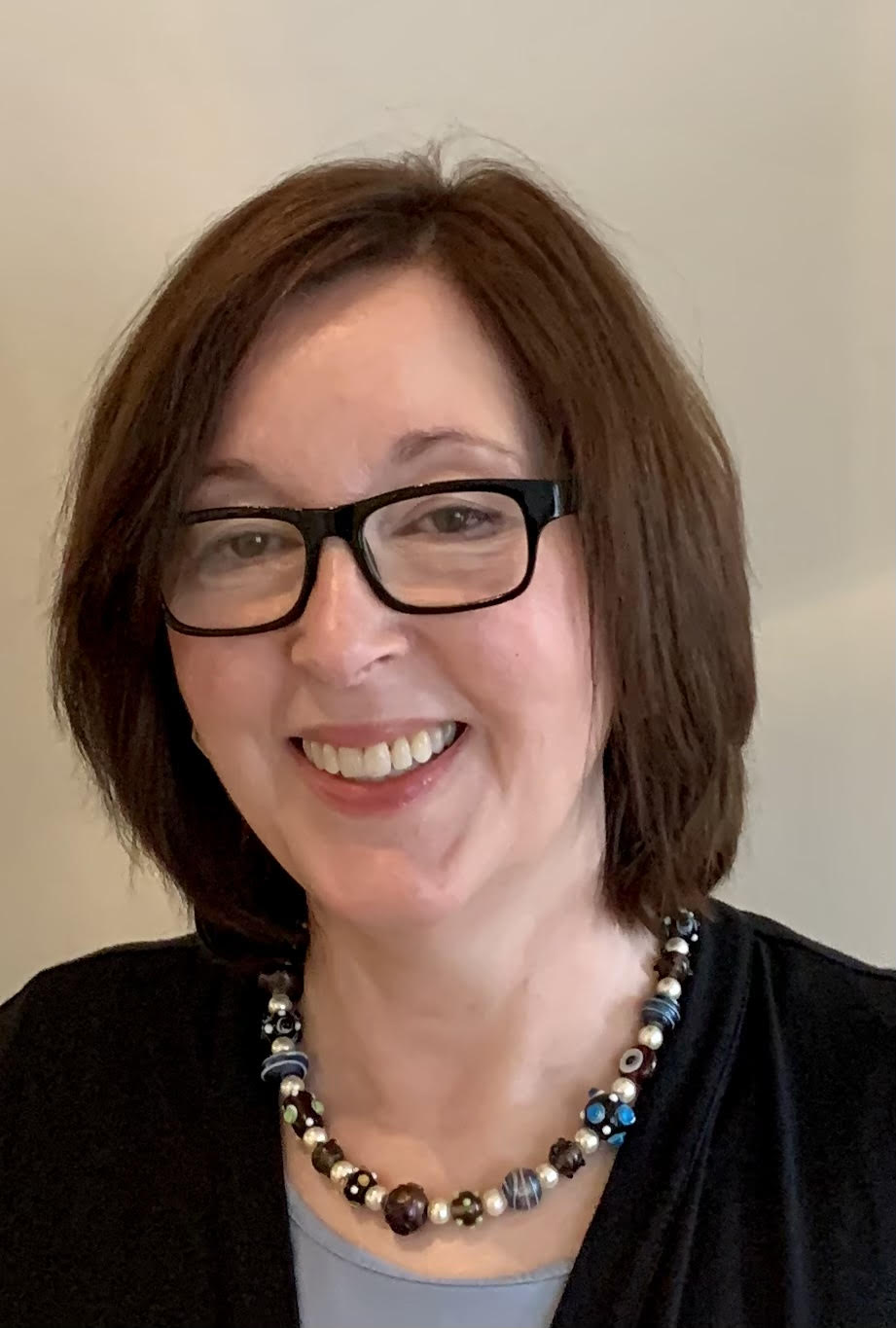My interest in coins started at a young age. My grandfather would share his coin collection with me and point out the details: the dimes and quarters made with real silver before 1964, and the wheat backs on the pennies (1909–58). He took pleasure in showing me the buffalo nickel (1913–38) with the Native American image on its front.
My grandfather was proud of his Cherokee roots from North Carolina. His profile resembled the image on the coin, and I remembered feeling proud because, from my child’s viewpoint, I thought it was him.
Images on US currency that reflected his heritage meant something to him, which I understood to mean that Native Americans were included and honored in our nation’s monetary system.
These memories came to mind when I saw two recent news stories about greater diversity in our inclusion initiatives. The first announced that poet Maya Angelou’s image is going to appear in a new American Women’s Quarters series, a four-year program starting in 2022. The other women will be astronaut Dr. Sally Ride, Cherokee Nation chief Wilma Mankiller, educator/women’s rights activist Nina Otero-Warren, and film star Anna May Wong.
The second announced that the Federal Reserve Board joined the Central Bank Network for Indigenous Inclusion to help raise awareness of economic and financial issues with Indigenous economies. The network is a collaboration with the Reserve Bank of New Zealand (Te Pūtea Matua), the Bank of Canada, and the Reserve Bank of Australia. Other participants include the Center for Indian Country Development at the Federal Reserve Bank of Minneapolis and the Economic Education Partnership with Indian Country at the Federal Reserve Bank of St. Louis.
While these new initiatives are notable, there are examples from the past. The first appearance of an identifiable woman on a bank note was in 1865 with the image of Pocahontas, featuring her baptism, printed on a $20 note. The next woman to appear on a bill was Martha Washington, on a $1 Silver Certificate in 1886. Harriet Tubman’s likeness is proposed to take Andrew Jackson’s place on the $20 bill, currently projected for 2030.
As for coins, in 1979 Susan B. Anthony was the first identifiable woman to appear on a coin in 1979, in this case a $1 coin. The Sacagawea golden dollar issued in 2000. Then in 2020, Elizabeth Peratrovich appeared on the $1 coin as part of the Native American $1 coin program, which began in 2009.
Remembering my grandfather’s pride at seeing his heritage reflected in our nation’s coins made an impact on me at a young age. When we discuss financial inclusion in our payments systems, noting the diverse images that appear on our coins and currency as a reflection of our society, our norms, and our values can be an important part of the discussion, along with tangible efforts to open the dialogue for all groups within our nation. What do you think?



